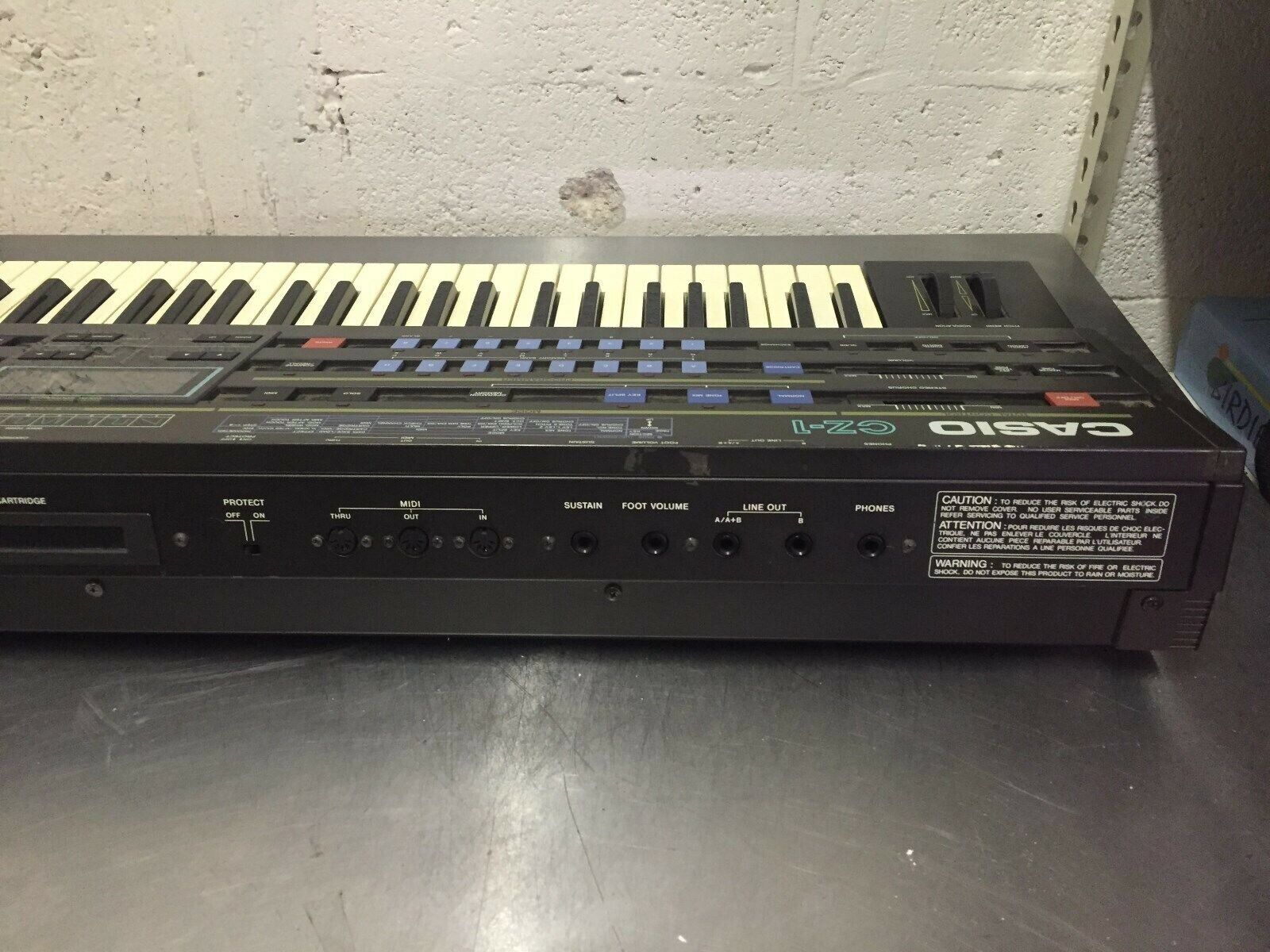

One of the main concerns in digital synthesis is the emulation of analog circuitry.

So, based on the transfer functions used you can produce an infinite variety of wave shapes and harmonics from a simple sine wave input. “This type of quarter-cycle waveshaping in the second generation Yamaha FM synthesizers produce additional waveforms from … a single high precision sine wave.” (Russ 279)īelow are resulting waveforms based on using independent linear transfer functions on each quarter cycle of a sine wave. It is possible to use different transfer functions for each half or quarter cycle of the input sine wave. Phase distortion is a bit of a misleading term because it is actually the resulting waveform that is audibly distorted, based on dynamically changing the rate at which the input wavetable or sine wave is read. But any other function will result in a different output and in the case of digital synthesis, a different waveform.Ĭasio used this waveshaping technique and coined the term phase distortion in the mid-80s, during the peak of Yamaha’s DX7 popularity and the domination of FM synthesis.

“A transfer function is a graph which relates an input to an output.” (Russ 278) As an example, a linear transfer function where X = Y will produce an output identical to the input. In Sound Synthesis and Sampling, Martin Russ compares phase distortion to the effect of a transfer function. The method produces waveforms that are distorted from the original sine wave and can be quasi-triangular or sawtooth forms. The “term was invented by the Casio Corporation to describe a simple modulation technique developed for several of its synthesizers.” (Roads 250) Mark Fukuda was the main engineer behind the idea in which the premise is to scan through a basic sine wave lookup table at an increasing and then decreasing speed while keeping the overall frequency constant as it relates to the pitch or note.

At the time, it was being marketed in both music and consumer electronics stores as an affordable version of more complex instruments from the CZ series but was incredibly capable in its own right. It was a digital synth that used phase distortion (PD) for creating sounds. In the mid-1980’s I purchased my first synthesizer, the Casio CZ101.


 0 kommentar(er)
0 kommentar(er)
